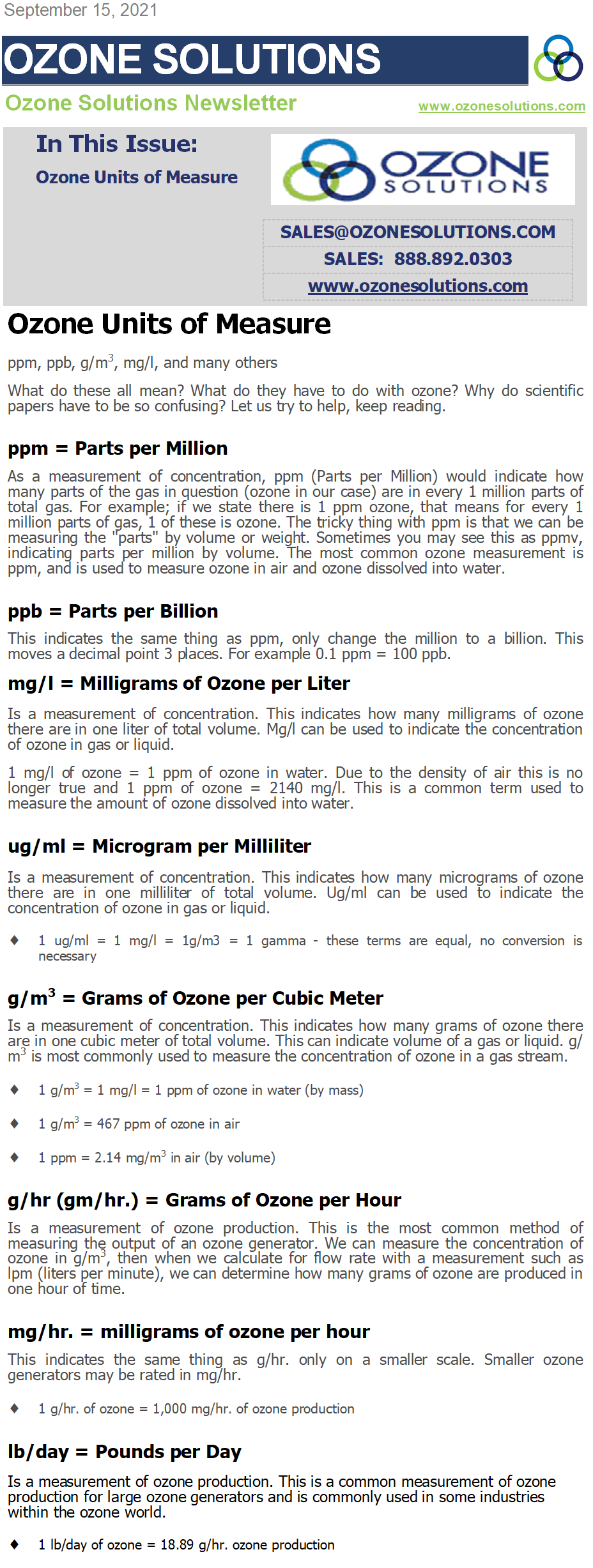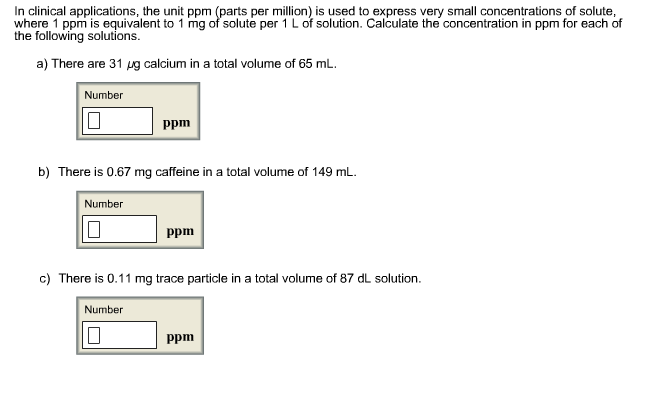

To convert ppmv to a metric expression like µg/m 3, the density of the concerning gas is needed. Additionally, because of difference in molecular weight, comparisons of concentrations of different gases are difficult. Although expressing gaseous concentrations in µg/m 3 units, has the advantage of metric expression, it has the disadvantage of being greatly influenced by changes in temperature and pressure. Today's more and more there is an interest to express gas concentrations in metric units, i.e. One part per million (by volume) is equal to a volume of a given gas mixed in a million volumes of air:Ī micro liter volume of gas in one liter of air would therefore be equal to 1 ppm: Another way of expressing this value is ppmv. These are identical for an ideal gas, and practically identical for most gases of air pollution interest at 1 atm.

In air pollution literature ppm applied to a gas, always means parts per million by volume or by mole. Parts per Million by Volume (or mole) in Air Parts Per Million (ppm) in proportion of:Ĭopyright © 1998-2008 Lenntech Water Treatment & Air Purification Holding B.V.

Use extra zero's to expand the significance. The significance is automatically determined. If the molecular weight is unknown to you, please try our Molecular Weight Calculator.īy entering either the concentration in units of or in units of, the value will be converted directly and displayed in the field at the bottom. In the input field of Molecular Weight you could either choose from the drop-down list, or you could fill in the value of the molecular weight of the gas. For more theory about the use of ppm, please see the documentation below. The use of ppm therefore has to be specified in the input fields below, in the way it should convert the value with the proper unit. The unit ppm is used in several branches in different ways. This converter calculates the measured value in units of into units of and visa versa. Parts Per Million (ppm) Converter for Gases


 0 kommentar(er)
0 kommentar(er)
